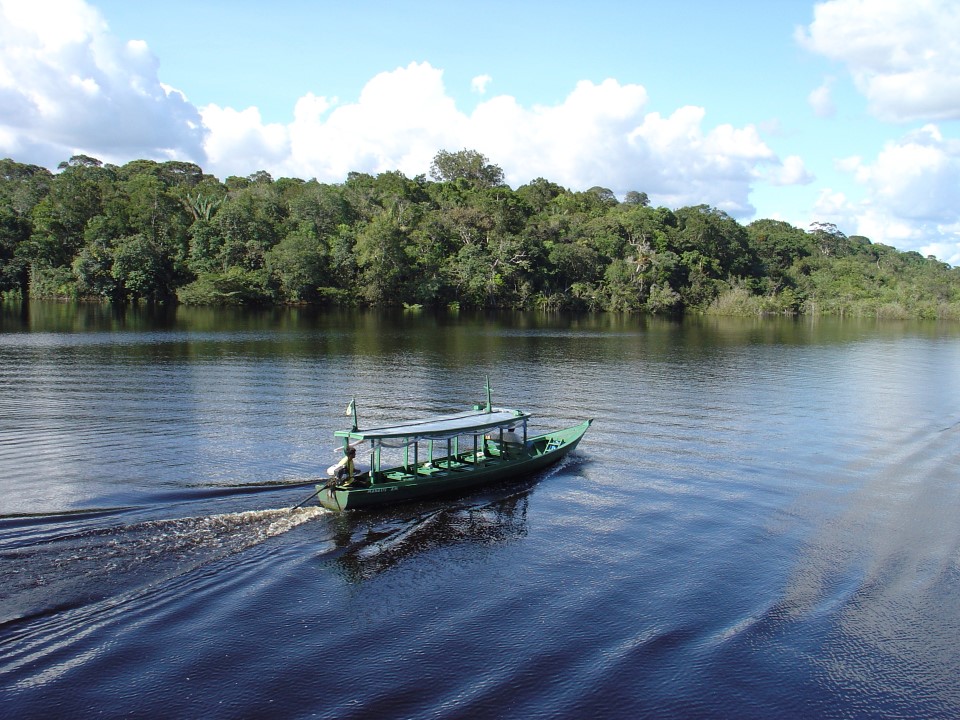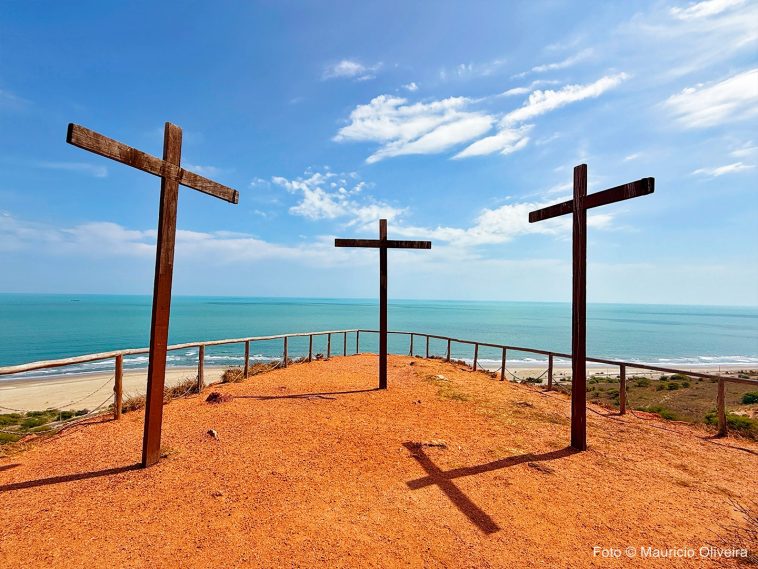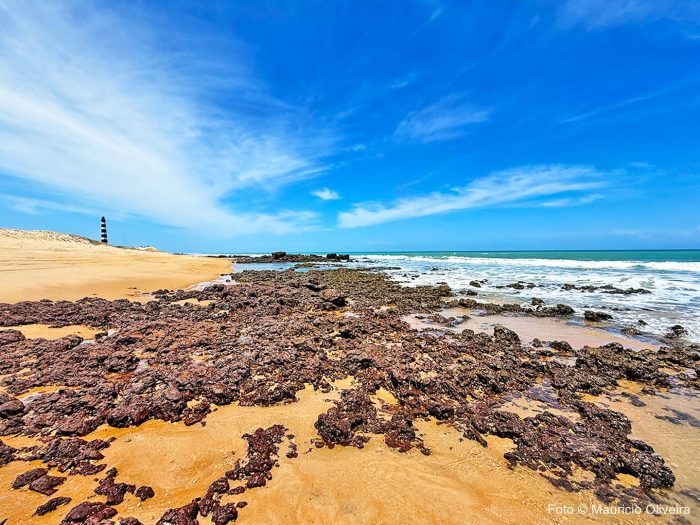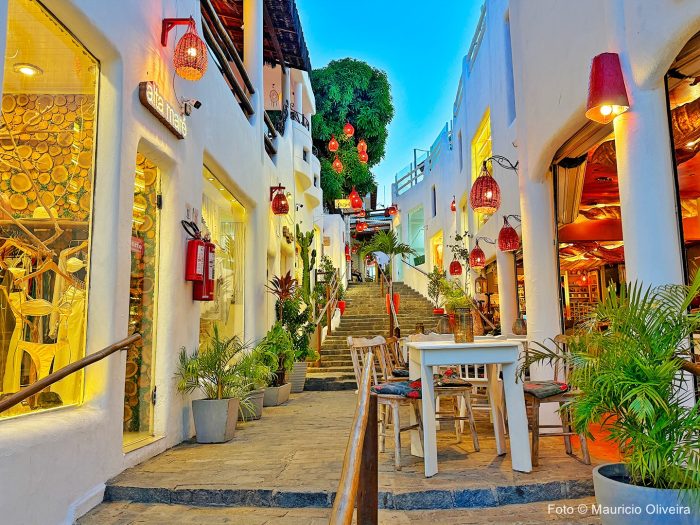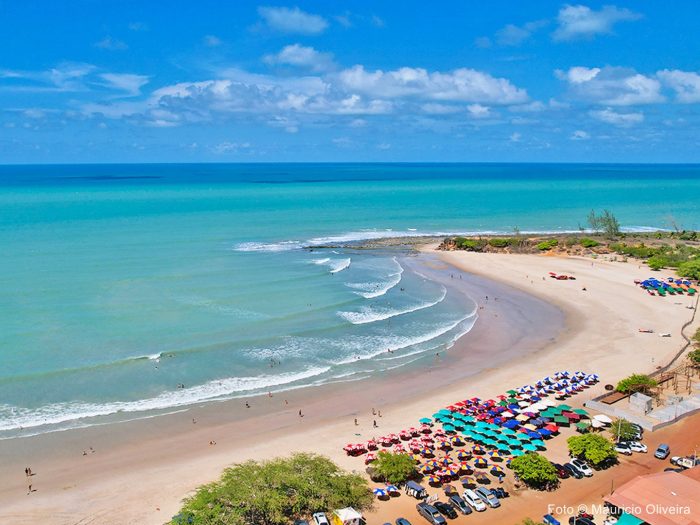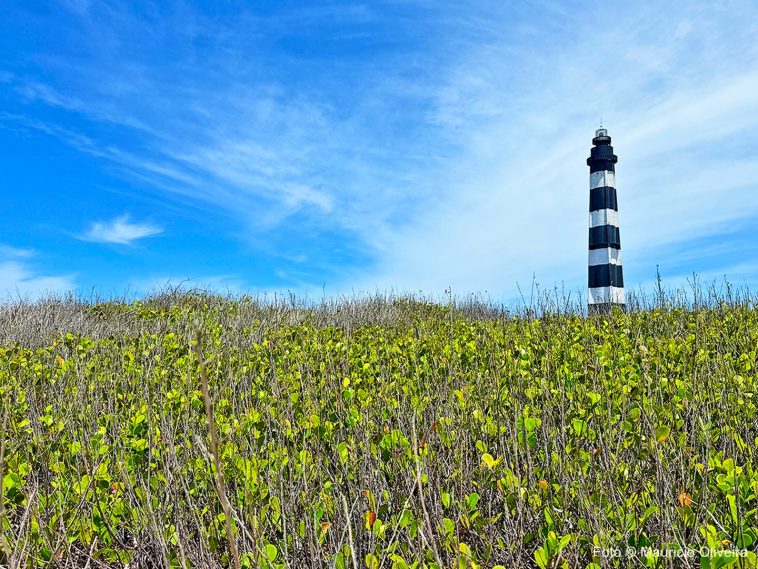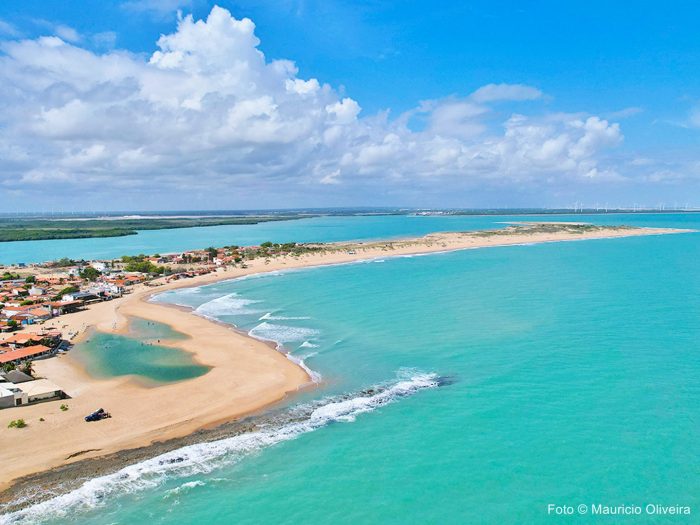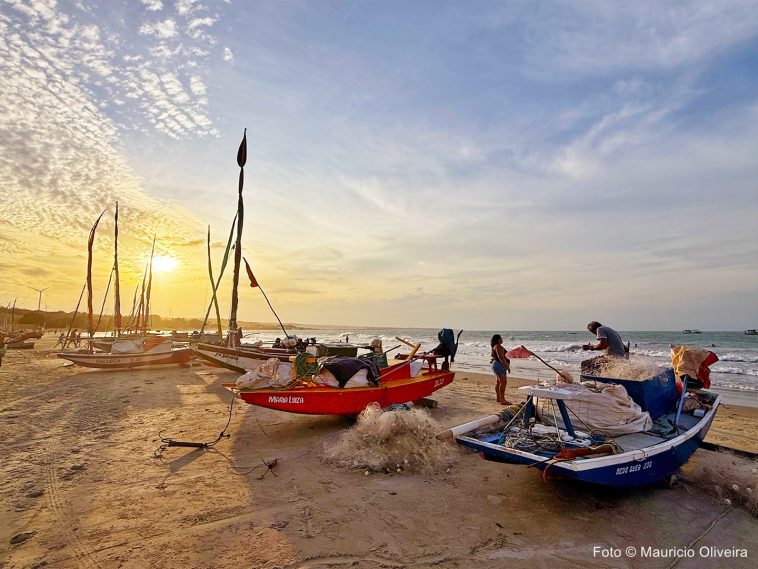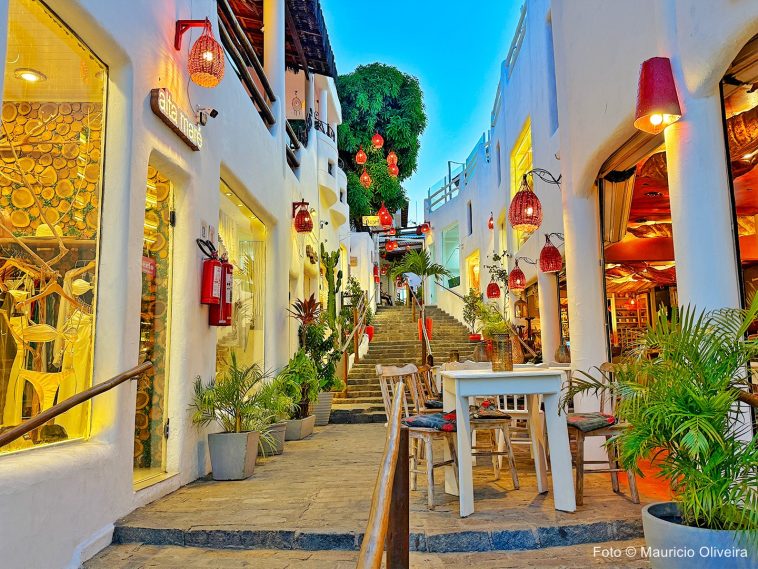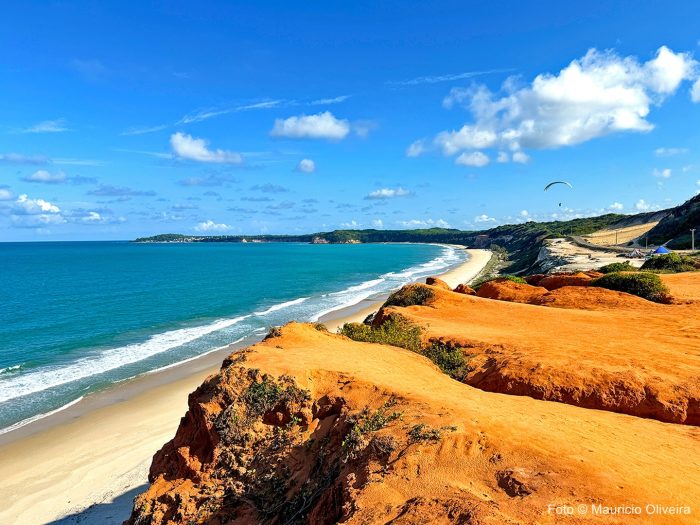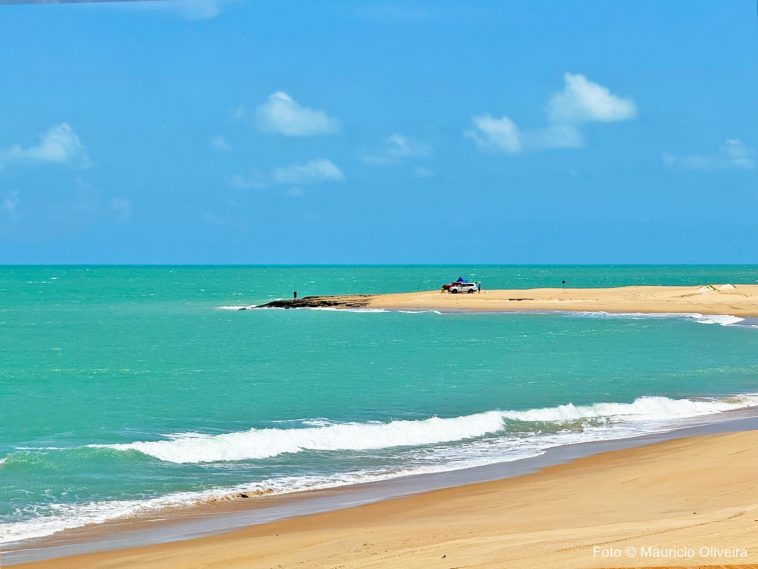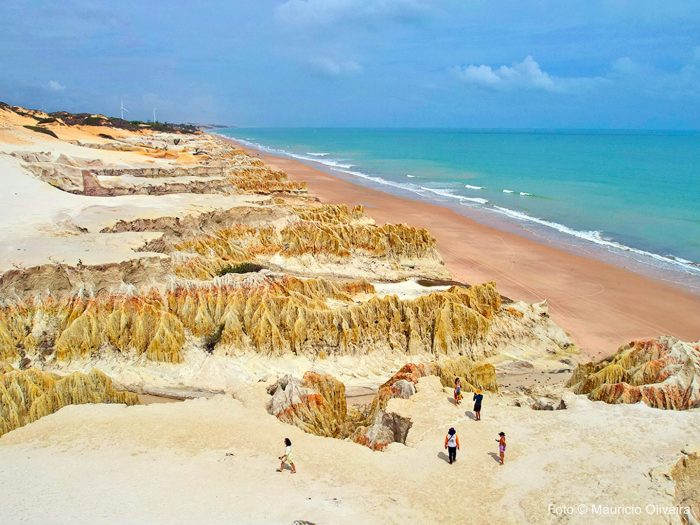The various languages that were previously spoken on the Iberian Peninsula have undergone significant changes ever since the Romans introduced Latin there in the third century BC.
There are still many different languages spoken there, but from the seventh or eighth century onward, the majority of them are romance languages that descended from common Latin.
Spanish and Portuguese are the two main Iberian tongues. People trying to determine how similar these two are to one another frequently compare them, as is only natural.
This is probably because they both developed during the Age of Discovery and under similar conditions, making them the two most common languages at the time.
The two most common languages in Central and South America today are Spanish and Portuguese, thanks to the explorations that Spain and Portugal conducted abroad beginning at the end of the 15th century and the colonial legacy that followed.
An introduction to Portuguese or Spanish might imply that native speakers of either language can understand native speakers of the other language very easily. Even though some claim it is true, it rarely is.
So what are the two languages’ linguistic parallels and differences? And what advantages do learning each one have?
Spanish and Portuguese history
The Portuguese and Spanish developed side by side and in relative isolation due to the geography of the Iberian peninsula, where we find modern-day Portugal and Spain. The Pyrenees Mountains, where the Spanish-French border is located, as well as the tiny principality of Andorra, separate this region from the rest of mainland Europe. It is also completely encircled by the sea, with the exception of a narrow mountainous connection to France in the north.
Because of this, the change in linguistics over more than a thousand years was an isolated process that had an impact on the entire peninsula.
When the Romans conquered the Iberian peninsula in the third century BC, they brought Latin with them. This is where the history of both Spanish and Portuguese begins. For about 600 years, Latin predominated there, but during this time, the language underwent changes.
Different dialects of Latin were developing throughout the Roman Empire, and commoners started to switch from speaking vulgar Latin to the formal, classical Latin that was used in official contexts.
The Latin language evolved differently in various regions of the Roman empire because of the size and scope of that empire.
Numerous Germanic invasions occurred on the Iberian peninsula as the Roman empire waned. The area didn’t really take to the new rules of Gothic speakers, but some of the language did start to blend with the local vulgar Latin.
However, it wasn’t until the Moors from North Africa, who spoke Arabic, invaded that Portuguese and Spanish began to be recognised.
In the ninth and tenth centuries AD, the Kingdom of Asturias in northern Spain was able to fend off Moorish advances and started to grow. In the 11th and 12th centuries, it served as the focal point of the Reconquista, the effort to retake the Iberian Peninsula from the Muslim powers.
The County of Portugal and the Kingdom of León were the two main states that eventually emerged from the Asturian Kingdom of Asturias. On the Iberian peninsula’s western coast, the County of Portugal and the Kingdom of León both experienced growth.
By this time, vulgar Latin had developed in both of these locations in distinctive but different ways, and their independence from other nations that ruled over them and imposed their own languages on their territories ensured that this development would continue.
We now speak Spanish and Portuguese thanks to their individual efforts to standardise their languages after they managed to maintain their independence and ultimately drive out the Moors.
As Spanish and Portuguese asserted their dominance over the Iberian peninsula, other dialects that emerged from vulgar Latin at this time were marginalised. Some of these languages are still used in some places, but very few people speak them. Aragonese, Leonese, and Navarrese are a few of these.
The two vulgar Latin descendant languages that are most widely spoken are possibly Galician and Catalan. Despite being primarily spoken in parts of Spain, it is thought that they are more similar to Portuguese than Spanish. People who believe Catalan and Spanish to be nearly identical are often surprised by the differences between the two languages.
Spanish and Catalan are separate languages.
In Madrid, people speak Spanish, while in Barcelona, people speak Catalan. The difference is not the same as Brazilian Portuguese and Portuguese spoken in Portugal, for example, or American English and British English. They are two distinct languages; with Catalan being more similar to French and Italian as well as Spanish and Portuguese. All Romance languages, after all.
Portuguese Is Similar to Spanish: The Parallels between Spanish and Portuguese Sounds
In light of the nearly 2,000-year history of Portuguese and Spanish’s development on the Iberian peninsula and the fact that each is a distinct foreign language, how similar are the two languages we speak today?
Comparative linguistics
Although the pronunciation varies, there are many words that are very similar between the two languages due to their shared linguistic roots, including:
Spanish for “police” or Portuguese for “policia”
Senhora (Portuguese) or Seora (Spanish) – Mrs. Ao (Spanish) / Ano (Portuguese) Year: Pas (Spanish)/Pas (Portuguese) Country: Pequeno (Spanish/Portuguese) Size: Small
Both languages share similar grammar features, such as having two verbs for being that even have the same spelling: ser/estar. Estar is used for states of being that can change (like moods), whereas ser is used for facts or permanent states. These verbs are both used in the same way.
They both have both male and female nouns, and the adjectives used to describe them vary according to the noun’s gender.
You will discover that adverbs are created from adjectives in the same way by studying both languages. The feminine version of the adjective is modified by adding the suffix -mente. For instance, the words natural (natural) and naturalmente (naturally) as well as claro (clear) and claramente (clearly).
As you gain proficiency, you’ll see that both Portuguese and Spanish use the subjunctive in a similar manner, with the word que frequently used to introduce it. Both languages also use the reflexive form of the verb to express the passive voice. However, these final two examples shouldn’t cause you too much concern. You will need to understand these concepts as you get closer to fluency as a result of your Spanish lessons, not when you are just beginning to learn the language and have only the most fundamental language abilities.
Similarities in geography
Aside from the similarities in the languages themselves, countries that speak Spanish and Portuguese are located in similar geographic regions. The dominance of Spanish and Portuguese in Latin American nations is the best illustration of this. Spanish is spoken in the majority of Central and South American nations, but Portuguese is the official language of Brazil, the continent’s largest and most populous nation.
Both languages are spoken in Equatorial Guinea and are recognised by the African Union as official languages, though Portuguese is more widely spoken across the continent. Additionally, due to Cuban influence during the Cold War, some communities in Portuguese-speaking Angola speak Spanish.
Spanish and Portuguese are almost the only two languages spoken in South America.
In Latin America, hundreds of millions of people speak both Spanish and Portuguese.
Portuguese and Spanish differences – Portuguese sounds like nothing like Spanish, not even close to a dialect, how could they possibly be mutually intelligible?
Despite their apparent similarities, you cannot learn a language fluently and then expect to be able to communicate with a native speaker of the other without any difficulty. To begin with, the two languages vary greatly depending on where you are in the world.
For instance, there are noticeable differences between Portuguese spoken in Portugal and Brazil, and Spanish is spoken differently throughout Latin America and, of course, in Spain, both in terms of vocabulary and accent.
In fact, studying the variations in that language across the globe is a necessary part of learning any second language, whether it be as part of a university undergraduate programme or one of many language courses at a language school.
Is Portuguese pronunciation similar to Spanish?
When it comes to pronunciation, the similarities between the written forms of Spanish and Portuguese vanish. You pronounce most Spanish words exactly as they are written, with the exception of “ll,” which makes a “y” sound, “j,” which sounds more like the English “h,” and “h,” which is silent.
Portuguese is different. Because it sounds more like French than Spanish on the phone, not all of the letters are pronounced the same way as they are in Spanish.
Portuguese actually has more phonemes than Spanish, making it occasionally harder for a Spanish speaker to understand a Portuguese speaker than the other way around. This is due to the fact that there are more different pronunciations of words in Portuguese than there are in Spanish.
For instance, while Portuguese has seven to nine vowel sounds, Spanish only has five.
Spanish and Portuguese have different pronunciations of words because Portuguese has more vowel sounds than Spanish. Image credit: marcoverch via Visual Hunt / CC BY False Friends
There are many words that are spelled identically and have the same meaning in both Spanish and Portuguese. This is fantastic if you want to learn both languages because it makes the process much simpler, but be aware that there are many words that have similar or identical spellings but entirely different meanings. For instance:
Admitted, accepted; aceite – oil (Spanish) (Portuguese)
Acordar (Spanish for “remember, agree”) / Wake up (Portuguese)
Spanish dinner scene with Cena (Portuguese)
Close Fechar – Date in Spanish (Portuguese)
Spanish song “Latido” with barking (Portuguese)
Success (Spanish)/Deception in Logro (Portuguese)
Spanish for solo is alone or ground (Portuguese)
Don’t always assume that a word’s meaning will be the same in Portuguese or vice versa just because it means something in Spanish!
Why Study Spanish? The official language of 20 countries
An estimated 440 million people worldwide speak Spanish as a first language, and 20 nations in Europe, Central America, South America, the Caribbean, and Africa, including:
Argentina
Colombia
In Costa Rica
Cuba
Equitable Guinea
Guatemala\sMexico
Panama
Spain
Other international organisations that use it as an official language include the World Trade Organization, the European Union, the African Union, and the United Nations.
The Spanish language has been fortunate to have some influential thinkers who have left it with some thought-provoking quotes.
For academic purposes and for your career
Because Spanish is so widely spoken, learning it could help your career prospects by making you more valuable to an employer who works with a Hispanic nation, business, or organisation.
To learn the language, go to Spain.
Opportunities for employment and education exist well beyond Spain’s borders. (Refer to Pexels)
You have a variety of options if you want to study abroad or live and experience a different culture because so many countries speak Spanish.
Cultural Considerations
Each nation that speaks Spanish has a distinctive culture all its own. You can educate others about each country’s language and culture by learning Spanish.
By learning Spanish, you can gain a deeper understanding of Spanish culture and traditional foods like tapas, paella, gazpacho, and jamón ibérico as well as works of art by Pablo Picasso, Salvador Dali, and Francisco Goya.
Spanish-speaking musicians like Shakira, Enrique Iglesias, and Jennifer Lopez have achieved global fame. You could learn to better understand their lyrics by taking even one semester of Spanish, which would also broaden your musical horizons to include genres like reggaeton, salsa, and vallenato.
Furthermore, Spanish-speaking nations contain the remains of numerous different civilizations. Although these civilizations were largely destroyed by the Spanish, you can still visit their archaeological sites and learn about their histories. These consist of:
the Mayans in western Honduras and El Salvador, as well as southern Mexico, Guatemala, and Belize
Aztecs in northern and central Mexico
areas of Peru, Ecuador, Bolivia, Chile, and Argentina where the Incas once lived
For Traveling Purposes
Given that 20 different countries speak Spanish, you can find any kind of vacation or trip, as you might imagine. Some of the world’s best beaches, tallest mountains, biggest rainforests, and most amazing cities and cultures can be found in Spanish-speaking nations. To make the most of your trip, however, you’ll need to learn the basics of Spanish before leaving.
Three Spanish-speaking cities are included in Lonely Planet’s list of the top 10 must-see cities in 2018; two of the New Seven Wonders of the World are located in Spanish-speaking nations.
You can find the ideal beach vacation, hiking excursion, or city break in any country that speaks Spanish, so you have plenty of excuses to enrol in online Spanish classes!
Machu Picchu is a former Inca city – Peru’s Machu Picchu is one of the most popular tourist destinations in the world.
The benefits of studying Portuguese – the 5th most widely spoken language in the world
Another language with a broad geographic reach is Portuguese. Portuguese, which has 220 million native speakers, is less widely spoken than Spanish but covers more continents because it is an official language in nations on four of them as opposed to Spanish’s three. The following countries:
Angola
Brazil
South Africa
Kenya Equatorial Guinea East Timor
Guinea-Bissau
Mozambique
Portugal
Sotomayor and Principe
As a result, Portuguese is the fifth most widely used language worldwide, according to the number of nations.
Learn Portuguese as a second language – European and Brazilian Portuguese – and be quite different from others when you become a Portuguese speaker
Being able to speak Portuguese will set you apart from the competition. Portuguese is currently less common as a second language than languages like French, German, and Spanish in Europe.
Portuguese speakers will be in higher demand than those who speak these other languages because there will be fewer competitors with the same skill set.
Portuguese speakers are in high demand across a variety of industries, including tourism, business, and economics to name a few.
Speaking Portuguese is an excellent skill to have given the development of Brazil, which we will discuss next. Additionally, given that UNESCO predicts a 335 million increase in Portuguese speakers by the year 2050, it is undoubtedly a language for today and tomorrow.
Brazil’s Influence on Portugal & Brazilian Portuguese
As we just hinted at, Brazil is a huge country. Brazil is one of the most powerful economies in the world, not just in terms of size (5th largest by area) or population (210 million people make up the 5th largest nation in the world).
The eighth-largest global economy is that of Brazil.
One of the largest economies in the world is that of Brazil.
The eighth-largest economy in the world experienced one of the fastest rates of growth during the first decade of the twenty-first century, with imports and exports rising by about 300% each.
There is no denying Brazil’s power. According to the Forbes Rich List, it has the eighth-highest number of billionaires in US dollars of any nation, and as the largest economy in Latin America, it holds a prominent position in organisations like Mercosur, the G8+5, the WTO, and many others.
Brazil is a huge market with tremendous growth potential, so nations all over the world are clamouring to do trade agreements with it. You would be useful to a wide range of businesses and organisations looking to participate in this developing market because you speak Portuguese.
Portuguese Language for Travel | European Portuguese
Portuguese is a language that is widely spoken, as you can see from the list above. There are nations all over the world that offer a diverse range of climatic conditions and cultural experiences.
Although the economic might of Brazil has already been mentioned, it also has a sizable tourist appeal. Brazil is home to stunning beaches, the Amazon rainforest, and Iguazu Falls, one of the world’s most magnificent waterfalls. Not to mention Rio de Janeiro’s allure with its internationally renowned Copacabana beach, Christ the Redeemer statue, and Sugar Loaf mountain.
Portugal is another nation with top-notch beaches. It also has two cities that are rich in history, culture, and tourist attractions in Lisbon and Porto.
But beyond Portugal and Brazil, nations like So Tomé and Prncipe are rapidly developing their tourism sectors, suggesting that such locations may be high on people’s lists in the years to come.
Rio de Janeiro is the second-largest city in Brazil.
One of the most popular tourist destinations is Rio de Janeiro.
Should You Learn Spanish or Portuguese?
As you can see, there are many benefits to learning these two dissimilar tongues. They both have a significant place in the modern world and are both widely spoken.
Both Spanish and Portuguese have the following benefits:
- widely used (spoken by a combined total of 660 million native speakers)
- useful when travelling internationally (28 countries use these two languages in an official capacity)
- It’s beneficial for improving your career prospects
- Excellent chance to learn about different cultures
- For English speakers, two of the simplest languages to learn is Spanish
There is no right or wrong choice; both would unquestionably benefit you. It is up to you to decide which one to learn. The answer will largely depend on your unique situation and how you intend to use the language you select. Which one will be more useful to you in the end will depend on this.
As we’ve already established, there is some crossover between Spanish and Portuguese because of their shared linguistic ancestry.
It should be noted that mastering one could aid in mastering the other. Why then settle for just one of them? Why not try learning them both?
Look into Spanish classes in London and all over the nation. Private online Spanish tutors can help you start, improve or excel with your modern Spanish course. Many Spanish students find that working with a private Spanish tutor online helps them to improve much faster than if they study in a school. Plus, students do not have to travel to and from a centre that could be miles away. Tutors can help use Spanish words at GCSE, A-level, Admissions, IB, Undergrad, Postgrad, during Conversational lessons and any other time!
Learning Portuguese with online Portuguese tutors helps students to have an easier time understanding university course materials – as well as for language study for tourism or business purposes. A private Portuguese tutor will help students to understand Portuguese the written language, as well as work on speaking, reading and writing skills. They will deal with continental Portuguese as well as Portuguese spoken in Brazil or Portuguese spoken in other countries around the world. They will be educated speakers of standard Portuguese, but you may wish to consider if you would like to work with a native speaker. from Brazil, Europe or Africa depending on your language learning objectives.





